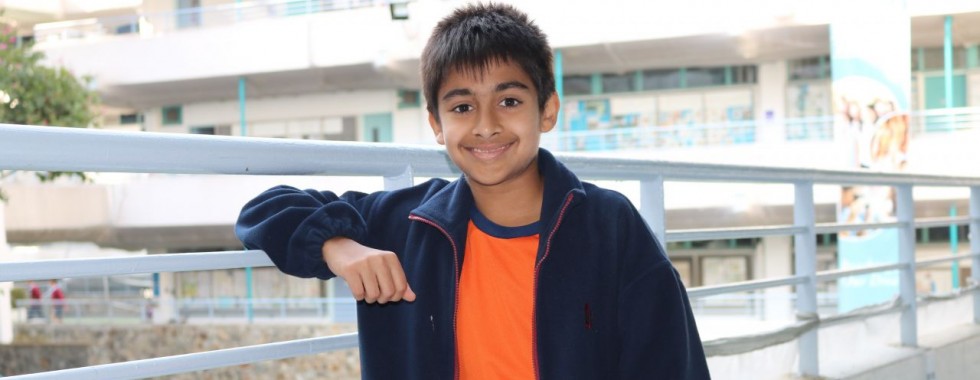FuturED#2 speaker Daanyal Ebrahim Year 9
Year 8 student Daanyal Ebrahim chose to researched child global illiteracy for his Year 8 project. He presented his findings to his class – the content and delivery of his speech were so powerful that the FuturED#2 team asked him to speak at the event. Here is some of what Dannyal had to say about child illiteracy.
“Let’s say…this hall represents the entire world’s population. A whopping 1 in 5 of you would be illiterate. Just imagine what life would be like for you if you could not read or write. How would you carry out your daily life if you could not read an; email, text message, newspaper or even a story to your child? This is the situation of an 8th of the world, with a quarter of a billion youths illiterate.”
“When we first think of child illiteracy, poverty is the first thing that pops up in your head.[well, probably] This is actually the case, as almost 170 million children that are illiterate live in poverty. More than half of the world’s illiterate people live in South Asia. So many, so close to home.”
“There are several charities around the world that are aiming to donate and create schools that would be available to all. Unicef, Room to Read, Book Aid International and so many others. All of these charities provide 3 common elements to aid the fight against illiteracy: books, schools and money. But are these 3 common elements, effective?”
“Donations to charities are used to create schools, deliver books, and other educational materials however the availability of these does not necessarily guarantee quality. Money may funds schools, but the quality of schools can be substandard.”
“We are in the age of innovation. According to the World Literacy Foundation, money combined with cheap innovative technological designs can give illiteracy a punch in the face!”
“There are so many technological options to help illiteracy globally. Providing tablets with educational apps, a eBook with a narrator so children can listen and learn, and so many more affordable options. I interviewed Andy Kay from the World Literacy Foundation and he explained that their charity is one of the only ones producing a tablet that has many educational apps installed on it, and is solar powered.”
“Tech company ‘Design That Matters’ created a microfilm projector called the Kinkajou, which uses LED lights, plastic optics and a cassette. For $25 US this projector means teachers can teach when the sun goes down. In the age of innovation where the possibilities are limitless, the only question is why don’t we?”
“I am not saying that technology should replace teachers, however it would be more effective in rural areas where the quality of education is low. Future technologies are boundless, and the only limit is imagination. We should utilize this imagination, innovation and technology to provide a sustainable solution which moves with the times and that everyone can contribute too.”

